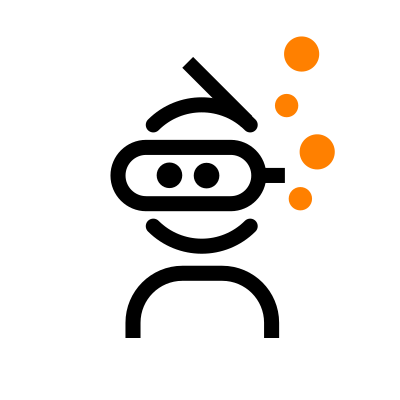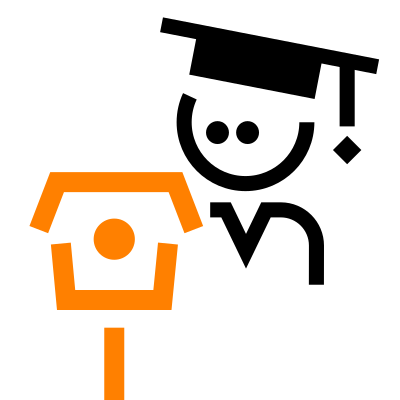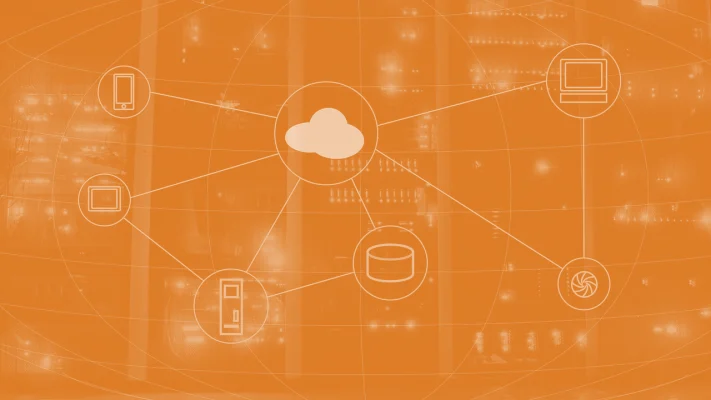These days, many embedded devices on the market come equipped with some sort of touchscreen display. How did we get here? Well, it’s safe to say that we owe a lot of gratitude to early smartphone designers for making touch displays as advanced as they are today.
That being said, the wide array of different touchscreen options available to you while building your own embedded device poses a few different questions for designers:
- Should you design from scratch?
- Should you buy an off the shelf model?
- Do you even need a display on your embedded device?
In this article, we discuss each of these points to help you decide what’s best for you regarding touchscreens for embedded devices.
How Will It Impact Your MCU?
The specifications of your IoT microcontroller (MCU) is likely to increase if you integrate a display into your design. This is because additional memory needs to be allocated for the display frame buffer.
Some displays already incorporate a video controller. This can read the data in the display buffer and writes to the display itself. That being said, others don’t. This leads to an additional overhead on the MCU.
An MCU’s primary task is usually managing the core application. However, the increased specification and memory are due to it needing to run the display and frame buffer tasks on top of this.
The alternative is using a separate display controller. This has most of the said resources integrated on-chip – including frame buffer memory and microcontroller. On top of that, the use of industry-standard interfaces enables an easy interface to the host MCU. The benefit of this is the display tasks can be offloaded, and resources can be dedicated to the application.
How Complex and Long Is the Design Cycle?
As you’re probably already well aware, designing and testing remote display systems often ends up being more complicated than anticipated. There are often unforeseen hiccups and challenges that need to be ironed out.
When you’re designing from scratch, the display hardware needs to be laid out around the main application, and everything needs to be debugged and tested. What’s the average design cycle in this scenario? Between 4 and 6 months isn’t unreasonable.
To reduce the stresses and elongation of the design cycle, this is where it may be worth considering an alternate route. Firstly, off the shelf display modules usually come with the driver, primitives, and GUI functions already tried and tested. If you have the budget, it may be worth skipping time and going down this route.
On the other hand, this may be the point where you ask yourself if it’s really worth having a display on your embedded design?
Does Your Embedded Design Even Need a Screen?
To carry on the point above, you can save time and money on your embedded design by removing a display screen altogether.
The alternative here is to build a remote IoT controller app, then enable connectivity to the embedded device by installing an IoT WiFi module at the device level. This enables remote control and monitoring of the device via the app, removing the need for a touch screen display completely.
This approach provides two clear benefits to embedded device designers and manufacturers:
- It’s significantly cheaper – as you altogether remove the cost of buying expensive touch screen components.
- It speeds up the design cycle – as a significant part of the design cycle is now removed. While you will need to allocate some time and resources to developing an app, there are several off-the-shelf solutions, including the Nabto IoT app solution, which significantly speeds up the process.
The Bottom Line
There’s no denying that touchscreens for embedded designs are more advanced than they’ve ever been. The complexities of smartphones have led to an impressive array of different display options for your B2B IoT projects.
However, the increased number of display units available has also led us to wonder – are they worth it? Signing up for a P2P connectivity application that allows for remote access for embedded devices is making touch screen displays no longer a necessity. This can save you both time and money in the long run.







